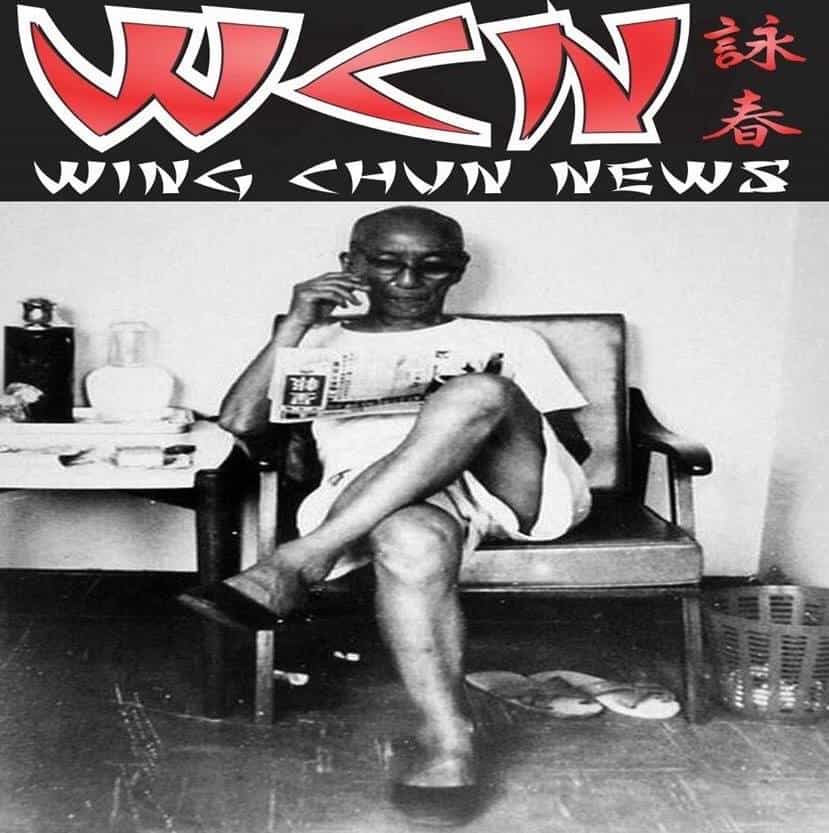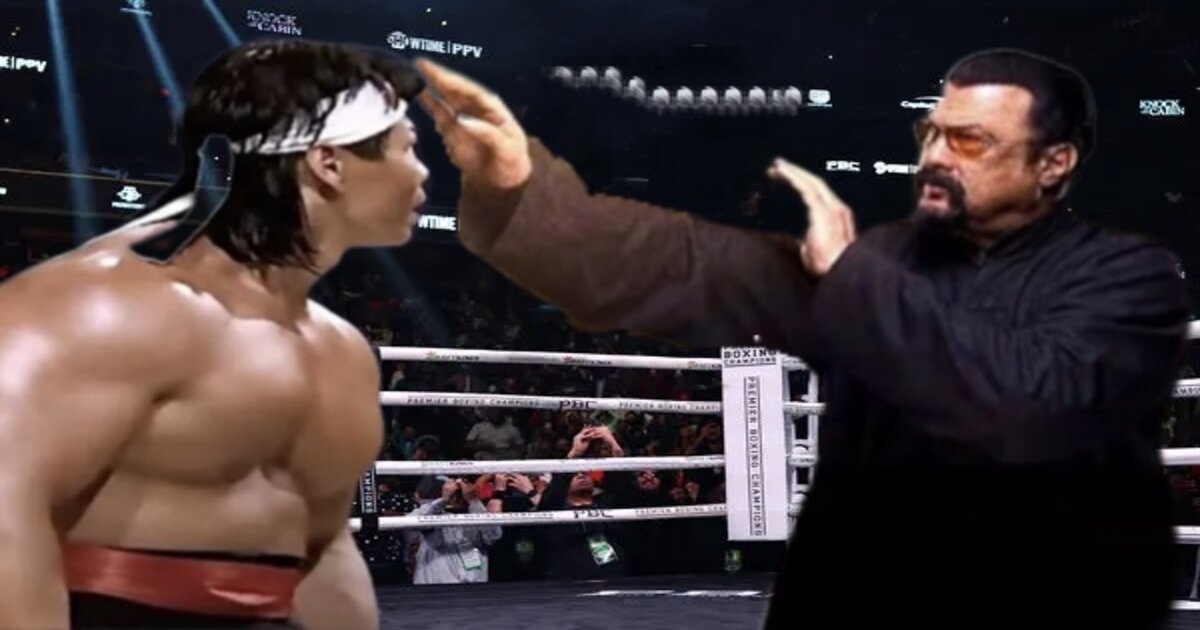
In exploring the multifaceted journey of Bolo Yeung, the towering figure in classic Martial Arts Cinema, one is immersed in a tale woven with the threads of history, personal struggle, and cinematic triumph. As we traverse the contours of his life, marked by a captivating onscreen persona, the narrative unfolds in chapters rich with the complexities that shaped the man seldom understood.

Chapter 1: Early Life and Martial Arts Journey
Bolo Yeung, originally Yang Sze, entered the world on July 3rd, 1946, in Guango, China. Amidst the seismic changes gripping his homeland, he exhibited a profound interest in martial arts from a young age. Growing up far removed from Hollywood’s glitz, in a China wrestling with identity, he found solace in the discipline and focus ingrained in the cultural fabric through martial arts.
His initiation into kung fu at the tender age of 10 laid the foundation for a journey that intertwined physical prowess with personal resilience. The tumultuous political landscape of China during that period, marked by the rise of Communism and cultural shifts, set Yeung on a path divergent from his homeland.

Chapter 2: Escaping Turmoil: The Move to Hong Kong
Faced with an untenable situation in mainland China, Yeung embarked on a daring and perilous venture – swimming across the Shenzhen River to reach Hong Kong. This symbolic leap not only marked a physical crossing of boundaries but also represented a metaphorical entrance into a new world brimming with promise, freedom, and fresh opportunities.
In the vibrant city of Hong Kong, a melting pot of cultures, Yeung found himself navigating a new terrain. The 1960s Hong Kong, witnessing a surge in interest in bodybuilding, became a crucible where he sculpted not just his physique but also his onscreen presence.

Chapter 3: Embracing Bodybuilding in Hong Kong
Hong Kong’s burgeoning bodybuilding scene in the 1960s and 70s provided Yeung with a platform to channel his discipline and physical prowess. His victory in the Mr. Hong Kong bodybuilding competition became more than a personal triumph; it was the launchpad propelling him into the public eye and catching the attention of film producers.
The city’s dynamic culture, a fusion of eastern and western influences, offered a fertile ground for Yeung’s talents to flourish. His dedication to bodybuilding, intertwined with his martial arts background, set him on a trajectory that would redefine his career and pave the way for his foray into the world of cinema.

Chapter 4: Collaboration with Shaw Brothers: Shaping a Cinematic Legacy
Yeung’s collaboration with the renowned Shaw Brothers Studio marked a significant turning point in his career. In the early 1970s, he became a prominent figure in their martial arts films, portraying formidable villains with a blend of physicality and subtlety. These roles were pivotal in shaping his onscreen persona – a force both indomitable and complex.
The Shaw Brothers Studio, a titan in the Hong Kong film industry, was instrumental in crystallizing Yeung’s status as a formidable villain in Martial Arts Cinema. His roles in their lavish productions added layers of complexity to characters, contributing significantly to the genre’s evolution.

Chapter 5: Friendship with Bruce Lee and Hollywood Breakthrough
The serendipitous meeting with Bruce Lee in the early 1970s marked a poignant chapter in Yeung’s life. Their friendship, built on mutual respect and a shared passion for martial arts and cinema, led to Yeung’s Hollywood breakthrough. His collaboration with Bruce Lee in “Enter the Dragon” became an iconic moment in Martial Arts Cinema, introducing global audiences to the art form.
The untimely death of Bruce Lee in 1973 left a void in Yeung’s life, but it also served as a catalyst for his continued journey. The success of “Enter the Dragon” opened the doors of Hollywood, where Yeung became recognized not just in Hong Kong but around the world.

Chapter 6: Blood Sport and Beyond: Rise to International Fame
The pinnacle of Yeung’s international fame was catapulted by his iconic role in the 1988 martial arts film “Blood Sport.” Cast as Chong Lee, the formidable and ruthless champion in the underground Kumite tournament, Yeung’s performance was electrifying. The film not only grossed significantly more than its modest budget but also solidified Yeung’s status as a martial arts legend, resonating with audiences worldwide.
The chemistry between Yeung and Jean-Claude Van Damme in “Blood Sport” led to further collaborations, showcasing a fusion of martial arts styles and cinematic approaches. The duo’s collaboration extended beyond shared screen time; it represented a merging of eastern and western elements in action filmmaking.

Chapter 7: Later Years and Legacy: A Reflective Journey
As the zenith of Yeung’s fame in the 1980s and 90s waned, his influence endured. Selective roles showcased his acting versatility, while his dedication to fitness and martial arts inspired younger generations. In these later years, Yeung embraced the role of a mentor and elder statesman in the martial arts community.
Remaining actively involved in the bodybuilding community, Yeung continued to appear as a guest in events. His enduring commitment to fitness served as an inspiration, demonstrating that age is not a barrier to maintaining physical and mental discipline. Reflecting on his career, Yeung often shared insights into the roles and experiences that shaped him as an actor and as a person.

Chapter 8: Legacy in Martial Arts Cinema
Bolo Yeung’s legacy in the world of Martial Arts Cinema is monumental. Breaking barriers and stereotypes, he brought a unique blend of martial arts skill, physicality, and acting prowess to his roles. His impact on the genre is lasting, with performances continuing to inspire filmmakers and actors alike. Beyond film roles, Yeung became a symbol of the power and potential of Martial Arts Cinema, inspiring the push for boundaries within the genre.
In the twilight of his career, Bolo Yeung’s journey stands as a testament to relentless pursuit, adaptation, and an enduring impact on the world of martial arts and cinema.








